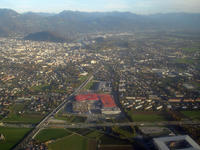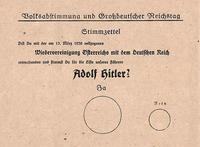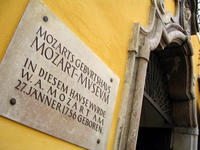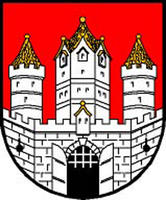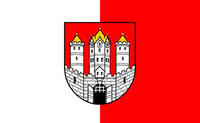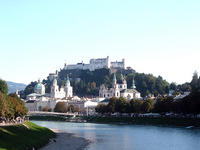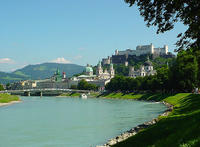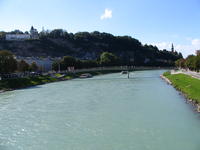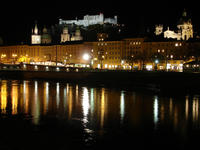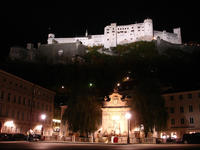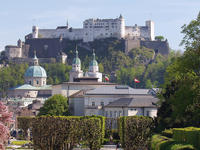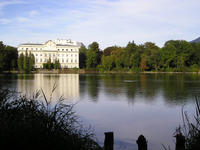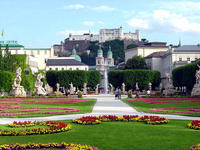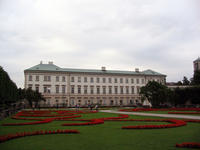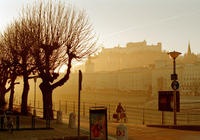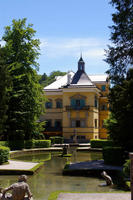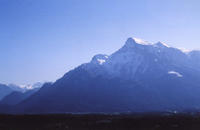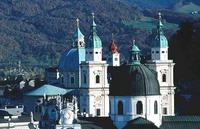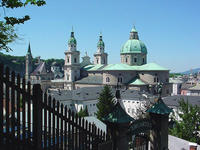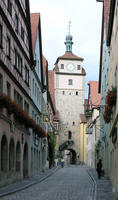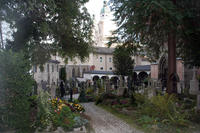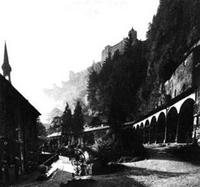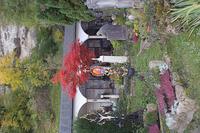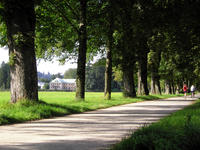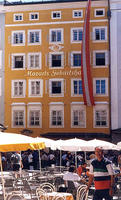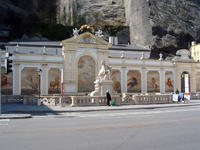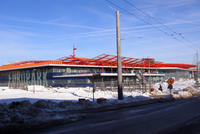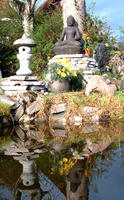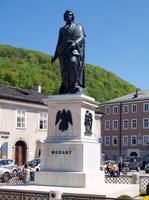You are in: Europe -> Austria -> Historic Centre of t... , and traditional search or Image Gallery will yield results of this site only
Historic Centre of the City of Salzburg
| Site number: | 784 |
|
| Type of site: | Cultural | |
| Date: | Middle Age-19th | |
| Date of Inscription: | 1996 | |
| Location: | Europe, Austria, Salzburg | |
Up to 75 images are shown here. Click on each for more details or on Image Gallery for more images.
Six official UN languages:
Arabic,
Chinese,
English,
French,
Russian,
Spanish
Other languages: Albanian, Alemmanic German, Aragonese, Austro-Bavarian, Breton, Bulgarian, Catalan, Croatian, Czech, Danish, Dutch, Esperanto, Estonian, Finnish, German, Greek, Hebrew, Hungarian, Indonesian, Italian, Japanese, Korean, Latvian, Lithuanian, Norwegian-nynorsk, Polish, Portuguese, Romanian, Serbo-Croatian, Sicilian, Slovak, Slovenian, Swedish, Tagalog, Turkish, Vietnamese
Other languages: Albanian, Alemmanic German, Aragonese, Austro-Bavarian, Breton, Bulgarian, Catalan, Croatian, Czech, Danish, Dutch, Esperanto, Estonian, Finnish, German, Greek, Hebrew, Hungarian, Indonesian, Italian, Japanese, Korean, Latvian, Lithuanian, Norwegian-nynorsk, Polish, Portuguese, Romanian, Serbo-Croatian, Sicilian, Slovak, Slovenian, Swedish, Tagalog, Turkish, Vietnamese
| Description: | Salzburg used to be a city-state run by a prince-archbishop, and still preserves an astonishingly rich urban fabric, which developed from the Middle-Ages to the 19th century. Before the city became well-known through its Italian architects Vincenzo Scamozzi and Santini Solari who are responsible for the city centre’s Baroque manifestation, its flamboyant Gothic art attracted many craftsmen and artists. The central location within Europe might have come into play in the creation of Salzburg’s most celebrated son: Wolfgang Amadeus Mozart; a name that has been associated with the city for decades. --WHMNet paraphrase from the description at WHC Site, where additional information is available. | |
| Salzburg (Austro-Bavarian: Såizburg) is the fourth-largest city in Austria and the capital of the federal state of Salzburg. Salzburg's "Old Town" with its world famous baroque architecture is one of the best-preserved city centers in the German-speaking world, and was listed as a UNESCO World Heritage Site in 1997. The city is noted for its Alpine setting. It is the birthplace of Wolfgang Amadeus Mozart and the setting for parts of the musical and film The Sound of Music. Salzburg is also a student city, with three universities. Traces of human settlements have been found in the area, dating to the Neolithic Age; probably it was later a Celt camp. Starting from 15 BCE, the small communities were grouped into a single town, which was named by the Romans as Juvavum. A municipium, from 45 CE it became one of the most important cities in the province of Noricum. Juvavum declined sharply after the collapse of the Norican frontier, such that by the late 7th century it had become a "near ruin". The Life of Saint Rupert credits the saint with the city's rebirth. When Theodo of Bavaria asked Rupert to become bishop c. 700, Rupert reconnoitered the river for the site of his basilica. Rupert chose Juvavum, ordained priests, and annexed the manor Piding. Rupert named the city "Salzburg", and then left to evangelize among the pagans. The name Salzburg literally means "Salt Castle", and derives its name from the barges carrying salt on the Salzach river, which were subject to a toll in the 8th century, as was customary for many communities and cities on European rivers. The whole Old Town of Salzburg was nominated as a World Heritage Site in 1996. --Wikipedia. Text is available under the Creative Commons Attribution-ShareAlike License. | ||
| Source: | http://whc.unesco.org/en/list/784 | |
| Source2: | http://whc.unesco.org/en/list/784/video | |
| Reference: | 1. UNESCO World Heritage Center, Site Page. | |







